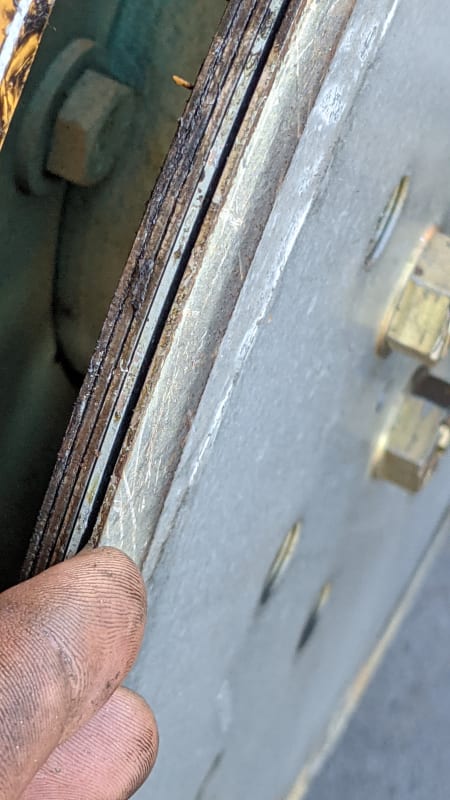Hello,
I'm going through an analysis for a flexplate connecting a diesel engine to single bearing generator. We are currently using a HSLA 50 Class 1 steel and haven't had any failures to date. We do however have some concerns about fatigue from bending due to angular misalignment (at the far end of tolerance stackup). I've modelled it out in Ansys, but some of the overlaps in loads don't inspire a lot of confidence in the model.
I've found very little information online concerning flexplates in general. The only thing close to a standard I've seen is SFI 29.3, which gives a set of minimum mechanical properties and a 9krpm spin test. There's not even mention of allowable torque in 29.3, much less misalignment.
Does anyone know where I might find further information on flexplates? including permissible misalignment, technical papers on flexplate design/analysis, anything approaching a standard / design guidelines / rules of thumb?
I'm going through an analysis for a flexplate connecting a diesel engine to single bearing generator. We are currently using a HSLA 50 Class 1 steel and haven't had any failures to date. We do however have some concerns about fatigue from bending due to angular misalignment (at the far end of tolerance stackup). I've modelled it out in Ansys, but some of the overlaps in loads don't inspire a lot of confidence in the model.
I've found very little information online concerning flexplates in general. The only thing close to a standard I've seen is SFI 29.3, which gives a set of minimum mechanical properties and a 9krpm spin test. There's not even mention of allowable torque in 29.3, much less misalignment.
Does anyone know where I might find further information on flexplates? including permissible misalignment, technical papers on flexplate design/analysis, anything approaching a standard / design guidelines / rules of thumb?

